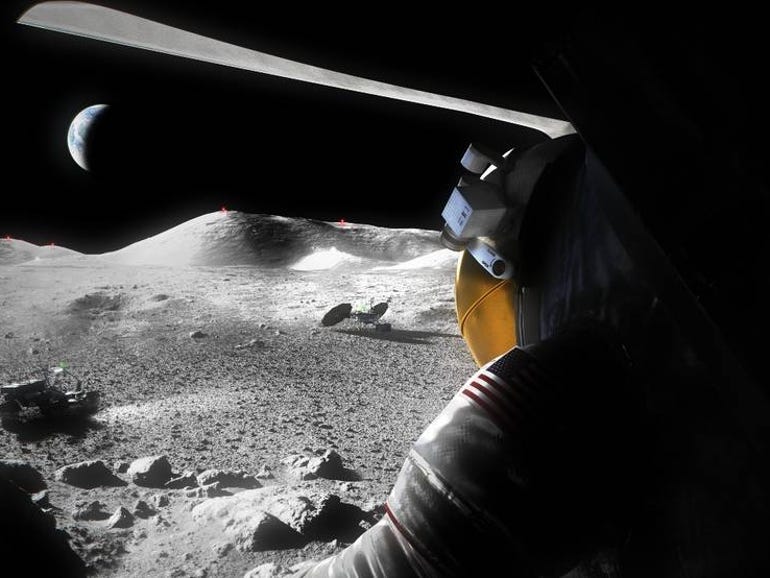
2022 is set to be a major year for the space economy. There are 15 new launch vehicles are set to debut this year, according to the Space Foundation — more than any other year in space history. Last year, US spaceports had more launches than any year since 1967, and the number is climbing. Meanwhile, employment in the core US space industry employment is at a 10-year high.
The momentum is there for a flourishing space economy that, according to NASA leaders, could in 20 years take public and private missions beyond low Earth orbit (LEO), with services and infrastructure on the lunar surface and in cislunar space. It’s a fast-growing economy, NASA leaders said at the 37th Space Symposium, that offers promising opportunities for young people who want to get their foot in the door.
The space economy is already a $400 billion industry “and on the way to $1 trillion, and I suspect it’ll get there faster than we think” James Reuter, associate administrator for the Space Technology Mission Directorate (STMD) at NASA, said during a panel this week at the 37th Space Symposium in Colorado Springs.
“It’s not just venture capitalists that are geeks for space” that are bringing this economy to life, Reuter said. “It’s also much more conventional people looking for opportunities. There’s a lot more opportunities for capital investment.”
And while investments in LEO are a mainstay, he said, “there’s a strong push towards cislunar space… We’re seeing a lot of investment we can take advantage of.”
What exactly is the space economy? Simply put, it’s “the production of goods and services in space, for all kinds of reasons,” explained Kenneth Bowersox, deputy associate administrator for NASA’s Space Operations Mission Directorate. “For amusement, for scientific knowledge, to go further than we’ve ever gone before. There are lots of ways we can develop it, but the best way is to bring in more and more participants and watch more and more missions proliferate, both government missions and nongovernment missions.”
Bowersox said that in the decades to come, he expects to see private missions that go to the lunar surface, for scientific missions and to explore for resources.
Reuter said he hopes to see “a rough parallel with the airline industry.” There should be services that NASA uses, he said, while “we set our attention on the next great thing… And I don’t think in 20 or 40 years we’ll run out of next great things. We’ll go further and further in exploration.”
For people who want to play a role in the industry, “the most important thing is a passion for the work and some great, creative ideas,” Bowersox said.
While there are several major private sector entities already involved in the industry, that shouldn’t be a deterrent for smaller players, he added.
“In our contracting efforts, we’ve got requirements that big companies have to include small companies,” Bowersox said. “So if I were a grad student with a neat idea, I wouldn’t let the fact that I’m a one-person company frighten me away from doing the business. If you’ve got the passion and you’ve got the ideas, you can find a way to get built into the system and become part of what we do in low Earth orbit and what we’ll do beyond low Earth orbit.”
























